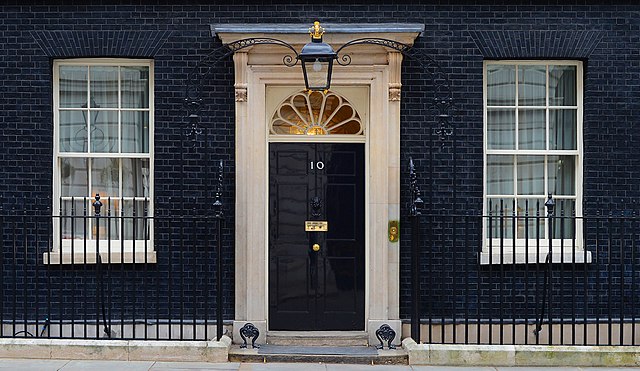Navigating the new planning and infrastructure bill
The UK government has introduced the Planning and Infrastructure Bill, aiming to address the nation’s housing shortage and expedite infrastructure projects. This legislation seeks to streamline planning processes, with the ambitious goal of constructing 1.5 million homes by 2030 and fast-tracking 150 major infrastructure projects.
Key provisions of the bill:
- Streamlined Planning Processes: The bill proposes reducing the number of public bodies developers must consult, aiming to simplify and accelerate approvals for critical infrastructure projects.
- Empowerment of Development Corporations: These entities will have enhanced authority to drive large-scale projects, ensuring that developments align with national priorities and are delivered efficiently.
- Compulsory Purchase Reforms: Local authorities will have increased powers to acquire land at fairer prices, potentially reducing costs and delays associated with land acquisition for development.
- Environmental Considerations: Developers can contribute to a Nature Recovery Fund, allowing projects to proceed while supporting large-scale environmental restoration efforts.
Implications for housebuilders:
The bill’s emphasis on efficiency and reduced bureaucracy could lead to faster project approvals and increased housing supply. However, the shift of decision-making from local councillors to planning officers has raised concerns about reduced local input in development decisions.
Additionally, while the Nature Recovery Fund offers a streamlined approach to environmental mitigation, developers must remain mindful of existing biodiversity requirements and potential legal challenges.
Looking ahead:
As the Planning and Infrastructure Bill progresses, its practical impact on the housing sector will become clearer. Housebuilders should stay informed about these legislative changes, assess how they align with their project pipelines, and engage proactively with planning authorities to capitalise on the opportunities presented by this reform.
Zoopla rental market report: March 2025 summary
The latest data from Zoopla indicates a deceleration in rental price growth across the UK:
- Average Rent: As of December 2024, the average monthly rent for new lets stands at £1,284, reflecting a 3% increase over the past year. This marks the slowest annual growth rate observed in 3.5 years.
- Supply and Demand: The rental market is experiencing a modest improvement in supply, with an 11% increase in available rental properties compared to the previous year. Concurrently, rental demand has decreased by 17%. Despite these shifts, competition remains high, with an average of 12 renters vying for each available property.
- Affordability Challenges: The annual cost of renting has risen by approximately £3,000, bringing the average yearly rent to £15,400. This surge underscores growing affordability constraints for many renters.
- Policy Implications: Upcoming rental reforms and proposed policy changes are anticipated to impact investment in the rental sector. Notably, the Renters’ Rights Bill, expected to be enacted later in 2025, aims to redefine the landlord-tenant relationship, potentially increasing the complexity and costs associated with property letting. Additionally, consultations are underway to mandate that rental properties achieve an energy efficiency rating of ‘A’, ‘B’, or ‘C’ by 2028. Currently, nearly half of rented homes fall below these standards, necessitating significant upgrades to meet future requirements.
- Future Outlook: Zoopla projects that UK rents will rise by 3-4% over the course of 2025, influenced by persistent supply constraints and ongoing affordability challenges.
In summary, while rental price growth is slowing, the market continues to grapple with supply shortages and affordability issues, necessitating strategic interventions to balance the interests of renters and landlords alike.
Halifax report house price decrease
In February 2025, UK house prices experienced an unexpected decline, with the average property price decreasing by 0.1% to £298,602, according to Halifax. This downturn follows a record high in January and contrasts with analysts’ predictions of a 0.3% monthly increase.
The annual house price growth also fell short of expectations, registering at 2.9% instead of the anticipated 3.1%. This slowdown occurs despite factors such as falling mortgage rates and a surge in buyer activity ahead of the upcoming stamp duty changes in April.
Regionally, Northern Ireland led the UK with a 5.9% annual increase in house prices. Scotland saw a 3.8% rise—the fastest rate in over a year—while Wales experienced a 2.8% increase. In England, Yorkshire and Humberside recorded the strongest growth, with a 4.1% annual uptick.
Despite the recent dip, market activity remains robust and comparable to pre-pandemic levels. However, ongoing affordability challenges and a limited housing supply suggest that property prices may continue to rise this year, albeit at a more measured pace compared to last year.



